The perfect pair of true wireless earbuds is getting harder to find
Robert Triggs / Android Authority
Without sounding like a disgruntled 90-year-old, what happened to the good old days? I remember a blissful period of my life when my not-so-portable Discman player finally packed it in, and the emergence of MP3 players took hold. I spent hours “ripping” all of my tunes from my extremely cool 90s music catalog onto my new Sony Ericsson Walkman. When that also bit the dust, I transferred all of my files over to the utterly impressive iPod Mini, then a new and improved 4GB iPod Classic, and eventually to my first smartphone.
My one comfort in a time of ever-changing formats was that I could always take my headphones with me, safe in the knowledge that I’d get the most out of them with any new player. There was a brief period in time when portable music players, mobile phones, and headphones all co-existed in beautiful cross-compatible harmony.
That’s, sadly, not always the case today. With the virtually universal death of the smartphone 3.5mm headphone jack, we’re now reliant on Bluetooth headphones. While they’ll always play music back just fine, the move to digital audio solutions has opened the door to pernicious, and sometimes seemingly predatory proprietary headphone features ruining interoperability that was once a given. This is particularly the case when buying earbuds from popular smartphone brands.
Smartphone brands increasingly want to develop their own headphones, but many only work best when you pair them with a phone from the same brand.
Now don’t get me wrong, big brands investing in pioneering tech that makes our listening experiences better, such as Spatial Audio, fast pairing, improved ANC capabilities, and EQ-adjustable apps, can only be a good thing. But what doesn’t make our lives better is the fact that these very same companies are more inclined each day, it seems, to cut their customers off from everybody else on the market.
I wanted to try AirPods, but Apple locked me out
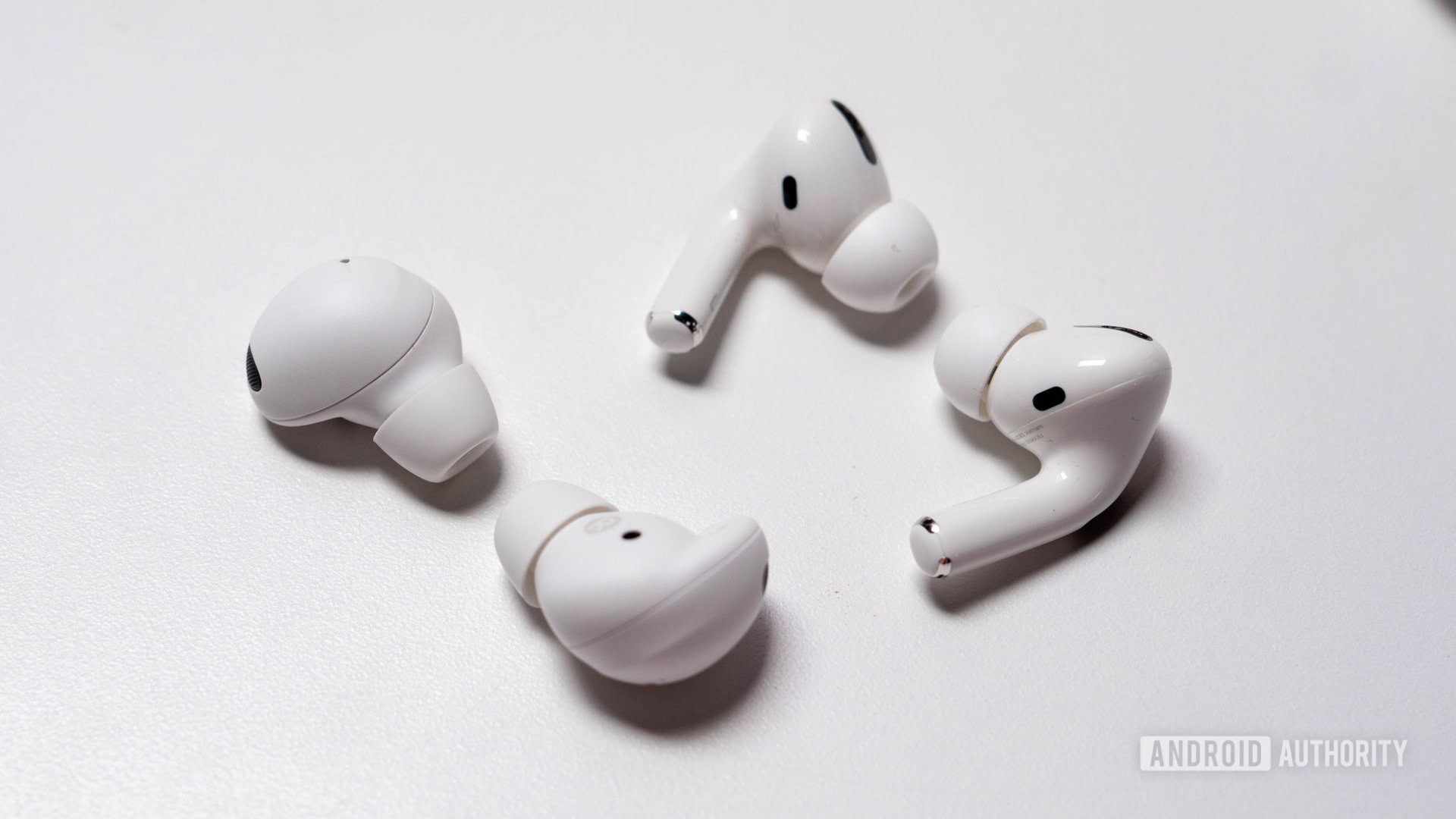
Kris Carlon / Android Authority
Let’s run a hypothetical scenario where I want to purchase a pair of Apple’s new AirPods Pro. Already, I’m going to miss out on a load of the features that make these earbuds worth purchasing in the first place, simply because my phone runs Google’s Android OS.
Apple’s seamless pairing doesn’t work, for example, making it a longer process to get connected. While this is a bit of a bigger ecosystem play, Apple could at least get on board with Google Fast Pair to better support more customers. You can’t customize the earbuds’ double-tap functionality like you can when paired with an iPhone. Likewise, you obviously won’t be able to run the iOS-exclusive Siri virtual assistant, but Apple doesn’t support a way to launch Google Assistant or Alexa as an alternative.
You can’t even update your AirPods Pro without connecting to an Apple device.
Flagship features play truant as well. Ear detection to automatically pause music when you remove an AirPod isn’t supported on Android, and neither is Apple’s ear tip fit test. Meanwhile, Apple Music for Android only supports Spatial Audio on a handful of Android phones that support Dolby Atmos. In fact, you can’t even upgrade the AirPods Pro’s firmware when connected to an Android device, leaving you without important fixes and feature updates.
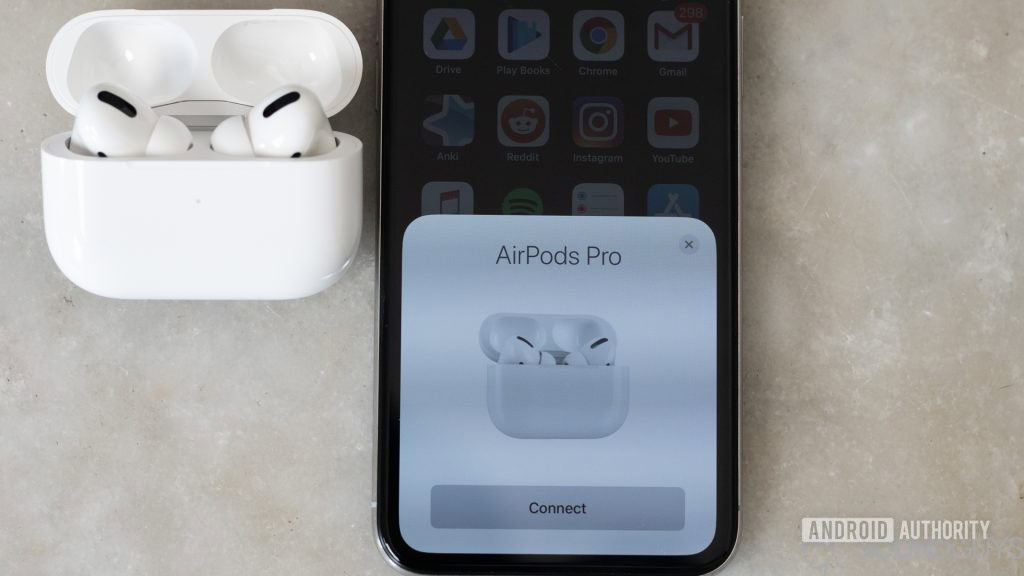
Chase Bernath / Android Authority
Finding out the fancy new AirPods Pro that you’ve been so excited to save up for can’t be updated from your phone might be the worst proprietary offense we’ve seen. But it further cements the idea that Apple users must embed themselves further into the ecosystem and that outsiders will have to give in and join the family.
You’d also need to consider how you’re going to charge your AirPods Pro. You’ll have to fumble for a Lightning-to-USB cable that your other gadgets don’t support or opt for a MagSafe wireless charger or Qi option. Of course, Apple has a long-running form in the proprietary charging game, dating all the way back to the bizarre 30-pin original iPod connector. Thankfully, this is going to change across Europe in 2024, however, as the EU has just approved legislation to make USB-C mandatory.
Hopefully, that’s clear enough that you either stump up all-in to Apple’s ecosystem or have to make do with a substantially cut-back experience.
Locked-out features make picking the best buds more difficult
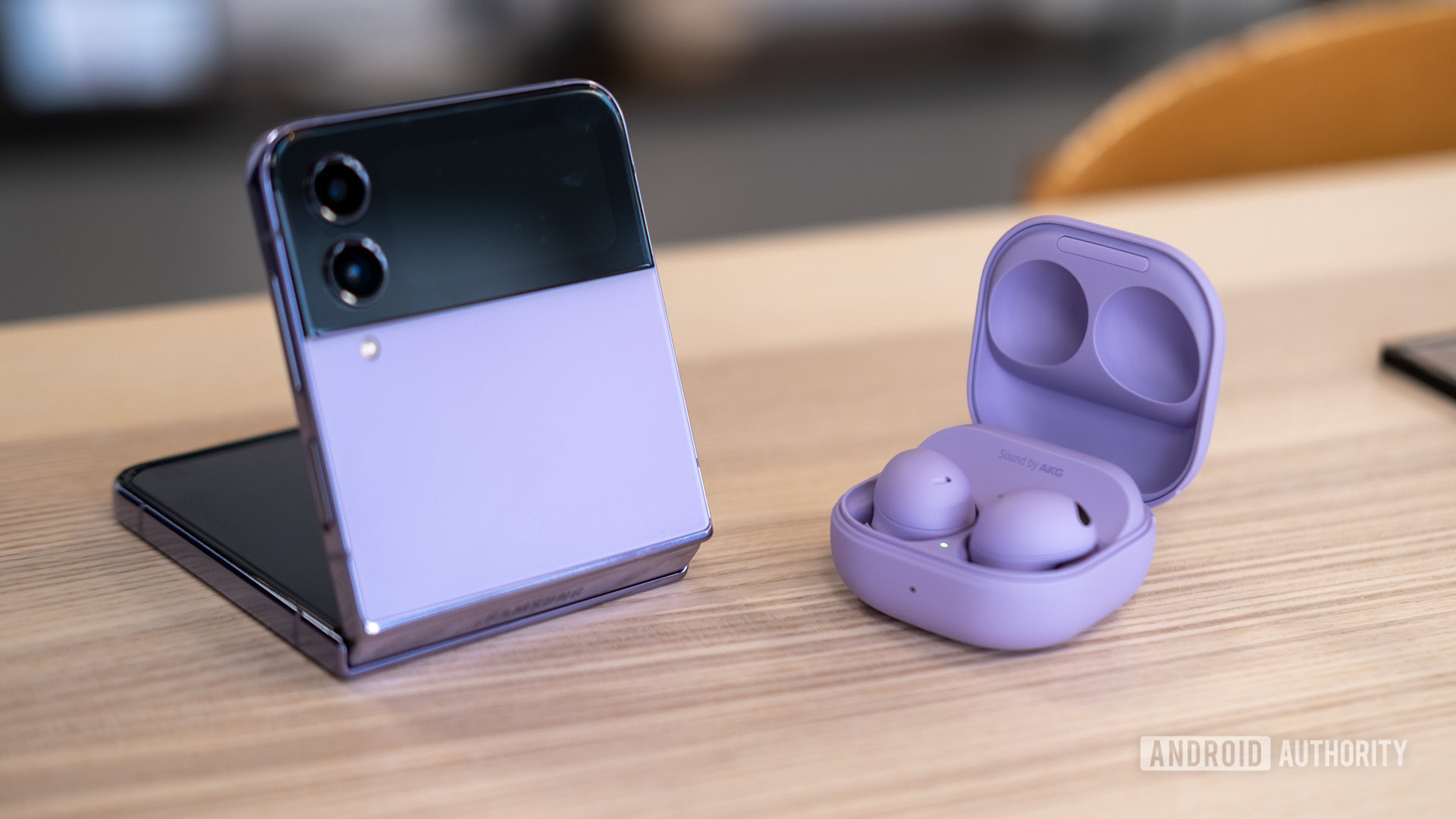
Robert Triggs / Android Authority
But this entire conversation isn’t about bashing Apple — other companies have also grown big dollar-stamped money bags in their eyes as they search for new and innovative ways to cultivate loyal long-term customers, with traditionally platform-agnostic headphones caught in the crossfire. You only need to look at Samsung’s new Galaxy Buds 2 Pro to see the brand’s attempt to convince customers to purchase its, and only its, audio accessories.
On the surface, these are pretty damned exciting earbuds. However, delve a little deeper into their specific features, and you’ll realize that, like Apple, Samsung also sees propriety as its future. Take the Galaxy Wearables app, which (depending on your device) controls EQ Presets, ANC & transparency levels, Ambient sound mode, Fit Tests, Samsung 360 Audio, Find My Earbuds, and software updates.
Sounds like a pretty handy app, right? Well, it turns out that, at present, there is no iOS app compatibility at all. That’s a problem, because you need to use the app to enable Samsung’s 360 Audio feature.
Speaking of, Samsung’s flagship 360 Audio feature requires a Galaxy phone or tablet to support the Dolby Atmos-powered feature as well. So that’s the rest of the Android ecosystem cut off. Likewise, the Samsung Seamless Codec only works when connected to a modern Samsung phone, while Samsung ignores support for more universal high-quality codecs like aptX and LDAC.
Samsung’s latest earbuds reserve their best features for pairing with a Galaxy handset.
But it isn’t just software and firmware updates that are an issue. Even the controls that map your media playback options are often dictated by whether you’re using the same brand of smartphone that matches your buds, which also affects whether or not you can check your battery life, switch your devices, or activate quick pairing. From OnePlus’ Audio ID to Huawei’s Audio Connection Center, it seems brands love their proprietary twists. For example, Huawei’s FreeBuds 3i only enjoy auto-pairing and ultra-low latency when connected with a recent Huawei device, while the FreeBuds 4 reserve quick pairing and the ability to transfer playback from a smartphone to a Huawei TV or tablet when paired with devices powered by Harmony OS. These kinds of proprietary functions are becoming an issue with more and more manufacturers.
And who does this benefit? Certainly not us, the consumers. If it’s possible for companies like JLab to provide us with cross-platform features and updates on iOS and Android, why is it so difficult for Apple, Samsung, Huawei, OnePlus, et al., to do the same?
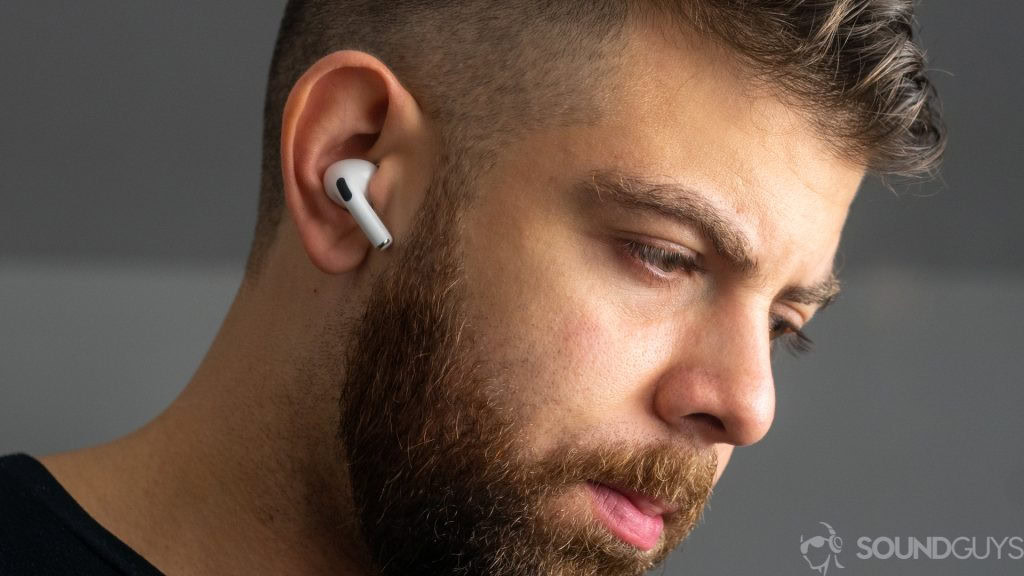
One can only speculate that it’s to embed each of these brands’ “fan bases” so that consumers are more inclined to return back to the same company when they wish to upgrade. And it makes perfect, cynical sense, right? The more products that you own from one brand, with all of its specific features and connectivity, the less likely you are to go elsewhere and put yourself at the huge inconvenience of having to set everything up again from scratch.
As reasonable as it is for Samsung, Apple, or any brand to build better experiences for its customers, some of these choices and their implementation unnecessarily restrict the experience of customers outside of their respective ecosystems. Of course, this is true of all products within exclusive ecosystems, yet this is felt far more keenly with headphones — buds or cans with a singular, simple focus for listening to music on the go — compared to a more multi-faceted device like a smartphone or a smartwatch which have far more varied use cases.
Furthermore, any pretext that brands that choose to limit their headset functionality are doing so in order to serve the advancement of the tech community can only be assumed as false. While this can sometimes be a fair claim with other device types which require specific hardware or software, very few of the audio features we’ve discussed here — including things as simple as a mere EQ setting — couldn’t be deployed more universally with the resources at the disposal of these tech giants.
So, which brands out there play nicely?
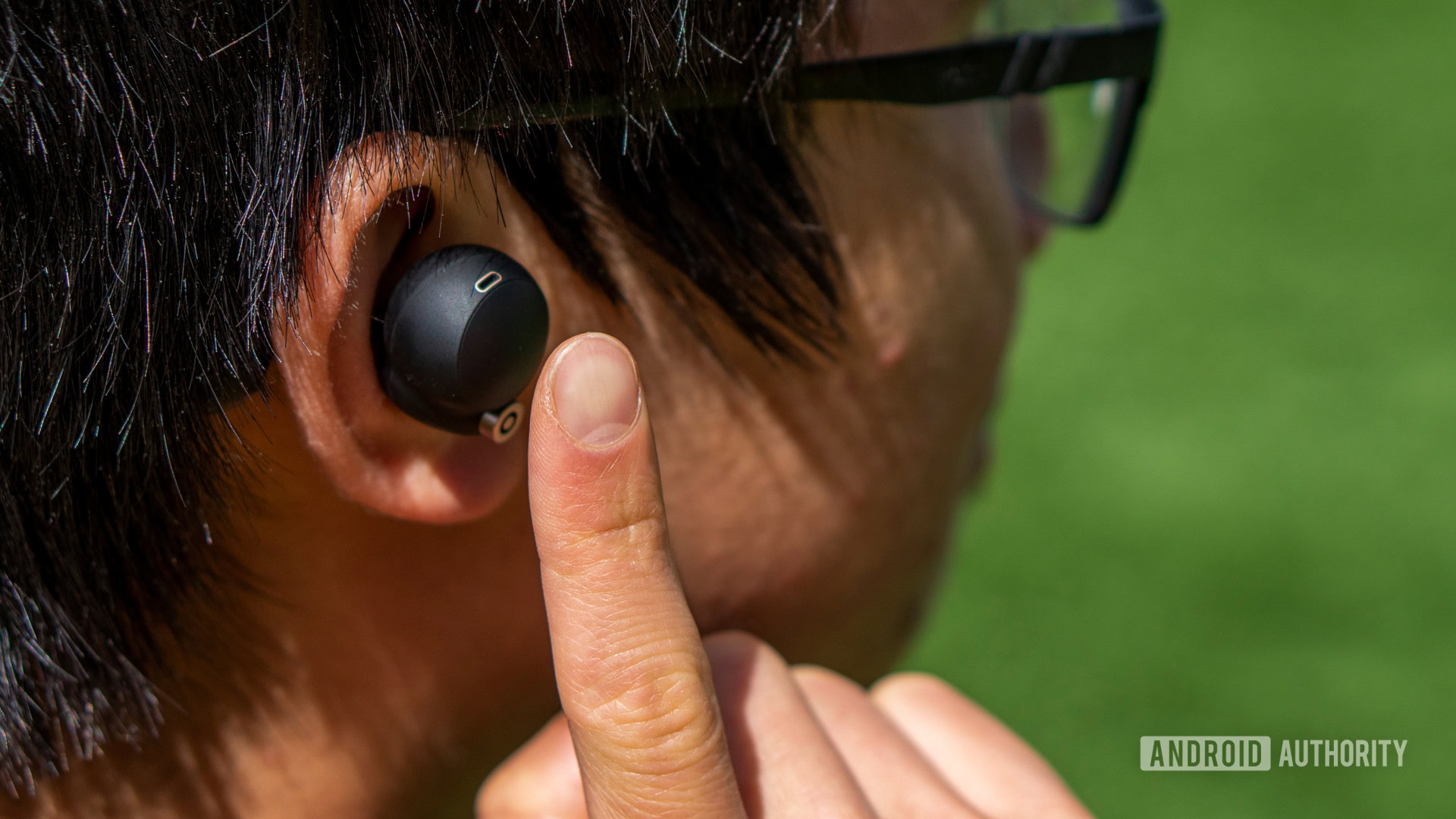
Thankfully, there is a selection of true wireless buds that provide their users with broad support across multiple operating systems. This list is by no means extensive but should act as a starting reference to get you on your way.
- Sony WF-1000XM4: By far amongst the most attractive and sought-after buds on the market today. The Headphones Connect app for Android and iOS contains a lot of must-have features for dialing in your EQ and honing your sound.
- Sennheiser Momentum True Wireless 3: With their Smart Control app, Android and iPhone users can enjoy adjusting their ANC controls and much more, with the added benefit of hosting both aptX and AAC Bluetooth codecs.
- Anker Soundcore Liberty Air 2: You would struggle to find a better pair of earbuds worth their price tag than these. For $99, you receive aptX and AAC Bluetooth codecs, as well as a string of great features in the Soundcore app, which is essential to get the most out of some of the best microphones on the market.
- Sony Linkbuds S: Although the LDAC Bluetooth codec isn’t quite as steady as aptX, their inclusion in these buds means that Android users have a high-quality audio option. iOS users aren’t left out, though, they can take advantage of AAC. They also boast Sony’s Headphones Connect app to alter preset and custom EQ options.
What to look out for to avoid proprietary features on your next pair of earbuds
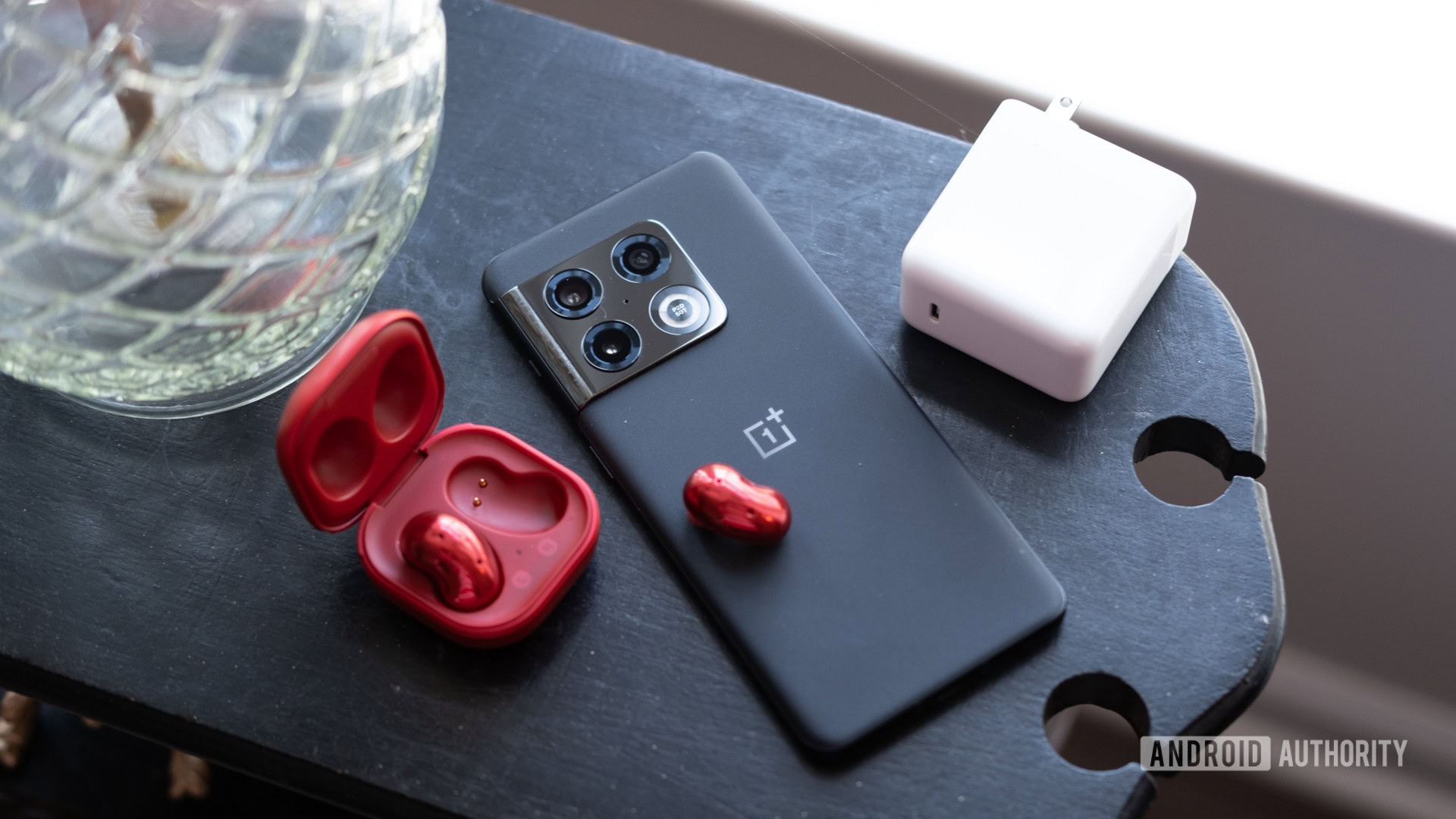
Ryan Haines / Android Authority
The first thing to check is the connectivity options that you have available to you on your device in the settings menu (you’ll want to pick a pair of earbuds that supports your chosen Bluetooth codec, as you’ll be forced onto the lower-quality SBC codec if your buds and smartphone don’t match up.)
You should also check to see if the app that is available for those buds is supported by your device’s operating system. That way, you can be sure that’ll you’ll have access to all of the updates and features to get the best out of your earbuds. Also, if you’re looking to get involved with 3D audio capabilities, check to see if your device hosts either Dolby Atmos support or proprietary brandings like Spatial Audio or 360 Reality Audio. Having one of these options available to you on your phone will be necessary if you want to take advantage of your earbuds’ 3D audio functions.
There are also some other smart features that you’ll want to check that your device supports, such as fast pairing, virtual assistant, and touch control mapping, before purchasing the buds of your choice.
Ultimately, brands are entitled to do as they please, whether we agree with their practices or not. One of the blessings of the current competitive market is that there’s always competition looking to diversify their customer base. The best we can do on our end before pressing that “buy” button is to double-check that we have the appropriate device to take full advantage of all of the state-of-the-art features that big earbud developers design for us.
For all the latest Technology News Click Here
For the latest news and updates, follow us on Google News.
